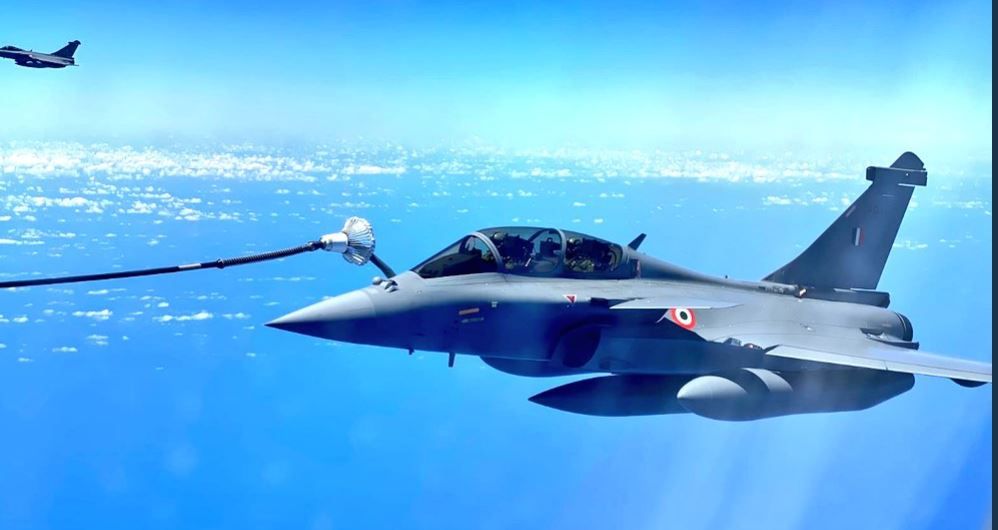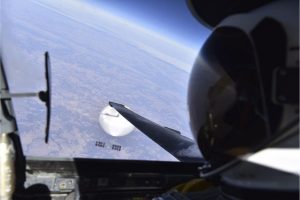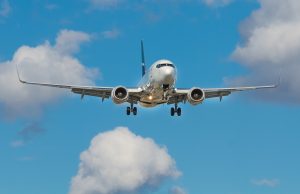After nearly two decades and covering a distance of over 7,000 km, the first five of the 36 Rafale fighter aircraft bought by India from France’s Dassault Aviation landed in Ambala, around 200 km from the national capital, this afternoon.
Flown by the Indian Air Force pilots, the twin-jet Medium Multi-Role Combat Aircraft (MMRCA) took off from the Merignac airbase in the French port city of Bordeaux on Tuesday and landed at one of the country’s oldest and largest air bases that was inherited from the British by the IAF.
We are late by over a decade at least, said Air Marshal M Matheswaran AVSM VM PhD (Retd), former Deputy Chief of Integrated Defence Staff.
“Rafale aircraft induction is extremely important for the IAF. In fact it is almost a decade late as the IAF needed it much earlier. Today, the IAF is almost less by 12 squadrons due to phasing out of old aircraft such as the MiG 21s, MiG 23s, and MiG 27s. These gaps have to be filled with aircraft of contemporary technology and capability in line with the threats to our security,” he added.
The “Omnirole”, the term used by the Dassault Aviation to describe the Rafale jets, with its outstanding load-carrying capability and its advanced mission system can carry out both air-to-ground strikes, as well as air-to-air attacks and interceptions during the same sortie.
So, how does it compare with the air prowess of India’s immediate neighbours – China and Pakistan with whom India has had a long history of border disputes?
Air Marshal M Matheswaran said, “Rafale is easily the most advanced and most capable fighter aircraft in the subcontinent. It is a generation ahead of anything that PAF has today. As far as China is concerned, the Rafale would add significant capability to our air power to hold our own and deter PLAAF from any aggressive action.”
The former Deputy Chief of Integrated Defence Staff, however, added that “We must remember the PLAAF can field considerable airpower in the region in terms of their J-20s, J-10s, and J-11s as well as their air defence systems that could challenge our offensive actions across. Hence, we need to look at increasing our numbers as well.”
A caveat: India should be “able to deal with a two-front war, which is a distinct possibility”
“Air power is vital in modern warfare. India’s threat environment is very obvious. As a major power it is not only necessary to have optimal military power but it needs to assure the country and our friends that India is strong and can deter the adversaries and project power in peacetime. The IAF needs to be built up to its optimum force structure on a war footing. This is necessary if India is able to deal with a two-front war, which is a distinct possibility,” Air Marshal Matheswaran said adding that “time is of essence”
“36 MMRCAs are insufficient. IAF will need to acquire at least 200 more MMRCAs, in addition to the Tejas induction. How this is done will be the Government’s decision. Time is of essence,” he said.





